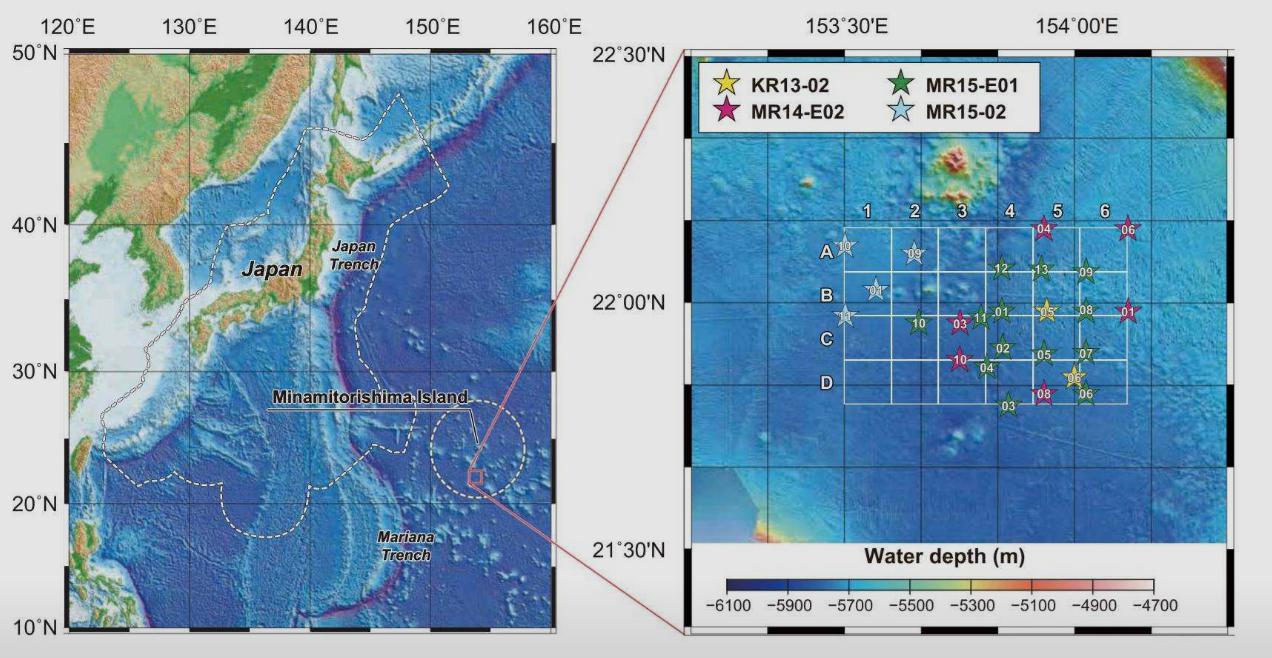
| When oil started to be more and more difficult to obtain – and prices rised – it started to be extracted from the seafloor. Sometimes really deep in the ocean, at depths that can reach 28,000 ft underwater. What if we told you rare-earth materials may one day also come from “under the sea”, as Sebastian would say? Well, that’s the intention.
A group of scientists from the Waseda University made research in an area of more than 617,700 acres (2,500 km²) of the Japanese seabed at depths of 19,000 ft and discovered there very big sources of rare-earth materials. To be more precise, and taking the current global demand into consideration, it could supply “supply Y (yttrium), Eu (europium), Tb (terbium), and Dy (dysprosium) for 780, 620, 420, and 730 years, respectively,” states the study published at Nature. The study also brings this curious remark that the reserve “has the potential to supply these metals on a semi-infinite basis to the world And that brings more questions. Considering the extraction problem is addressed at a price that is worth conducting it, what will the environmental impact on the area? Will it threaten the animals that live there? Rare-earth materials are not exactly rare, as this great article at The Verge explains well. Producing them is the problem. This is the lead China has. If Japan finds a way to process these elements in a safer and cheaper way then China currently has, that will probably be even better than finding this “semi-infinite” source on the bottom of the sea. |

 English
English